Once the holiday season is over and Year’s celebrations come to an end, and the dust settles, it’s time to face the reality of the forthcoming year. This gives us the chance to set new goals, renew ourselves and get the opportunity of a fresh start. New year, new stories. Now that 2021 is here, and the world is in need of getting back to normal after a complex 2020, we have for you four wine suggestions with particular stories dealing with renewals and new beginnings, so we can take a page from said stories and push ourselves towards reinvention.
Our first suggestion is the Clos des Jacobins 2011 St. Emilion Grand Cru Classe from Bordeaux, France. This winemaker used to be highly regarded during the forties and fifties. It eventually fell from consumer choice and started fading into oblivion (notwithstanding its status as Grand Cru Classe). It was in 2004 when Thibault and Magali Decoster, a couple without any previous winemaking experience, purchased the winery and with great amount of hard work and extensive investment, managed to reinvent and rescue it. Based on the philosophy of absolute respect and passion for the terroir and favoring manual and handcrafted labor.
As we usually do with Bordeaux red wines, we decant this St. Emilion for an hour and a half prior to tasting it. On the glass, this wine has a lovely dark granate color without any visible variation. Even though this is a relatively young wine, it is perfectly ready to drink. The nose consists of opulent and broad plum and dark berry notes. On the palate this wine is dry, with medium body and balanced acidity and a silky and refined tannin. Plum, cherry, blackberry, leather and spice notes round up the aromatic experience with a long finish. This red pairs wonderfully with hearty dishes or grilled meats.
Our second suggestion is also a French wine, particularly from the Sancerre region in the heart of the Loire Valley. The Domaine Delaporte Sancerre Silex 2018 is a white wine that reflects Matthieu Delaporte’s (grandson of Vincent Delaporte) wish for reinvention. This winery has been a family run estate since the XVII Century. However, Matthieu, at the young age of 30, has decided to take firm steps into a new winemaking vision. Pushing for manual and crop-specific labor, to ensure that the estate’s winemaking favors organic and biodynamic principles and using longer aging periods for their wines. The result is high quality and complex wines. A couple of years ago their rose was considered the best wine in the world by Decanter magazine.
The Silex 2018 is wine made from 100% Sauvignon Blanc and gets its name from the soil composition of Silex stone from the particular area where the grapes are harvested. It undergoes a 12-month aging period in 2000-liter casks. On the glass, it is a bright and clear wine, with striking pale straw colors with golden hues. On the nose it has fresh citrus and quince notes. On the palate it is a fresh and vivid wine, with formidable acidity and peach, citrus, pear, green apple, quince and honey notes. With medium body and a long finish, it’s a really interesting wine that can be enjoyed as an aperitif or paired with fresh shucked oysters.
Both the Silex Delaporte and the Clos de Jacobins can be purchased in Mexico through Climats.
Our third suggestion is considered as a Vino de Pago from Spain, made in Finca Calvestra Merseguera 2018 by Mustiguillo. Said winery has long practiced high altitude grape-growing at more than 900 meters above sea level, and has recovered an ancestral grape variety from the Mediterranean, that had previously been considered a grape that lacked aromatic expressiveness and as a consequence fell from consumer preference.
Mustiguillo has achieved, through optimized and correct grape growing and winemaking processes of the Merseguera, to reinvent it, and has managed to catch the attention of wine professionals and consumers alike. It is expressive, interesting and easy to drink wine. It is certified as an ecological wine, and can be drunk by vegans. Its vinification process is aged for 9 to 11 months.
On the glass it has a pale straw color with golden hues. On the nose, floral and stone fruit notes are found. On the palate, it is a sumptuous and buttery wine filled with floral and pineapple notes, fresh and lovely acidity and a long finish. It pairs perfectly with grilled fish and seafood, rice-based dishes and creamy pastas.
Our fourth and final suggestion is also originally from Spain. The Pago de Vallegarcía Viognier 2018. The Viognier grape is traditionally from the Northern Rhone region in France and in 1965 it was a barely planted grape with 8 hectares planted in said region. Recently, it has grown in popularity, and we usually find it in French white wines. Vallegarcía is the first one to produce a Spanish wine made from 100% Viognier.
The result is a complex white wine with solid aging and constant evolution. On the glass it has brilliant yellow and golden colors with a lovely consistency. On the nose, it has mandarin, pineapple and honey notes. On the palate we find an off-dry, creamy and elegant wine, with great balance and stone fruit, citrus (particularly mandarin), mango, pineapple and honey notes. It has a medium body and a long finish. It is the ideal wine to pair with Japanese food like sushi and sashimi, Chinese or Thai cuisine.
You can purchase this suggestion and the Merseguera by Mustiguillo through Selección D’Otto.
Follow on Instagram: lewineamateur
Photos: courtesy.

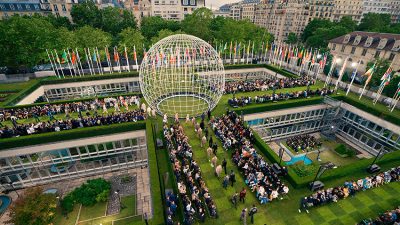


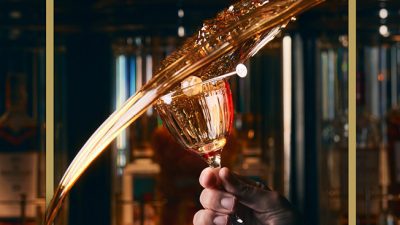
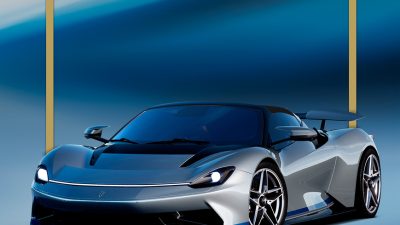
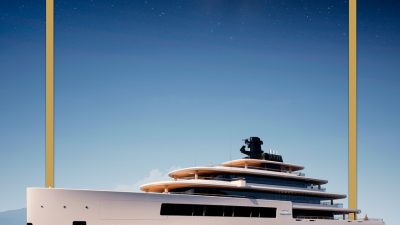
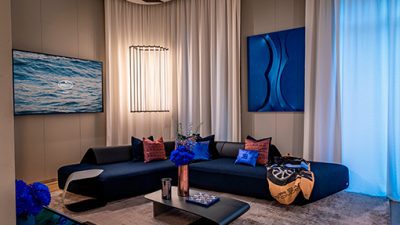
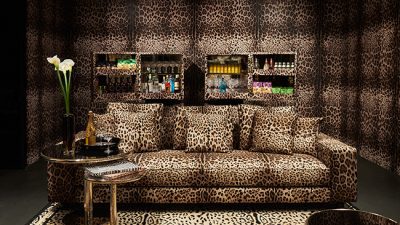






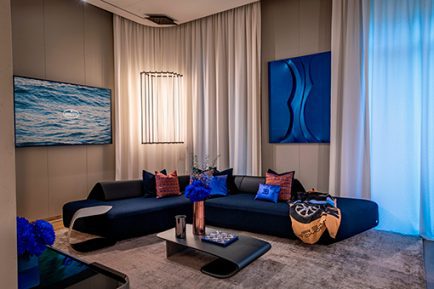

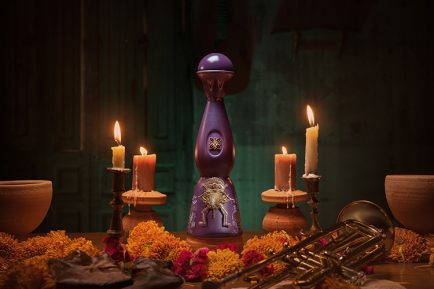
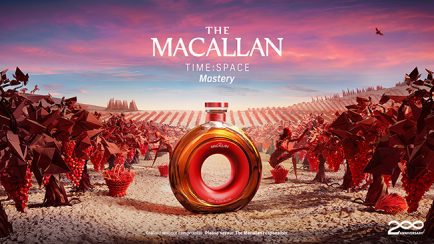
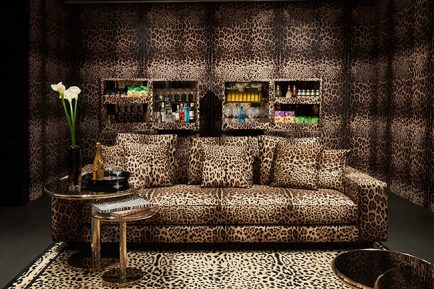
Comments